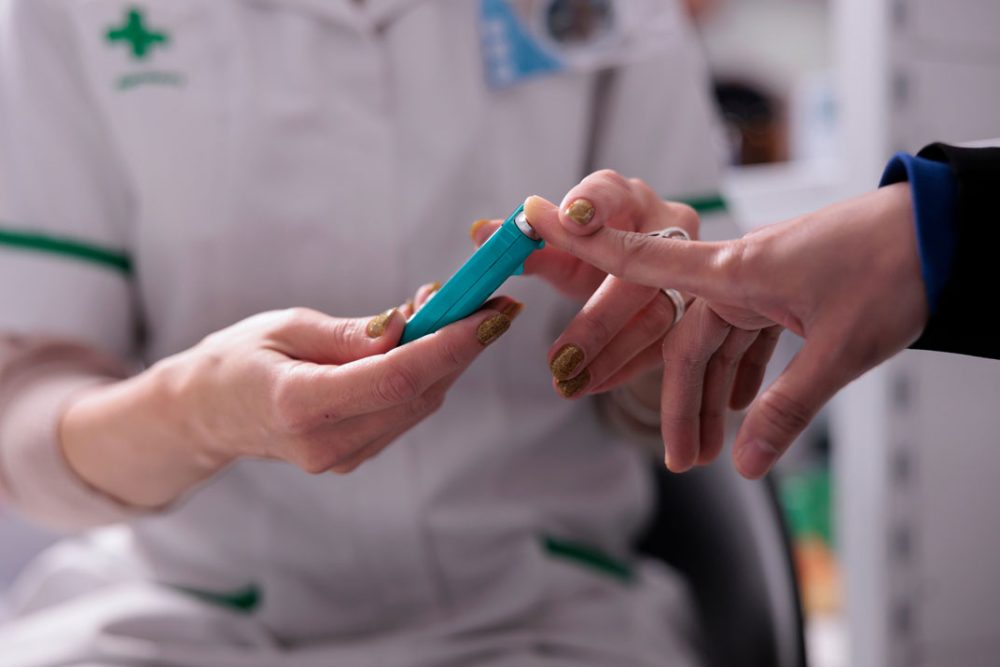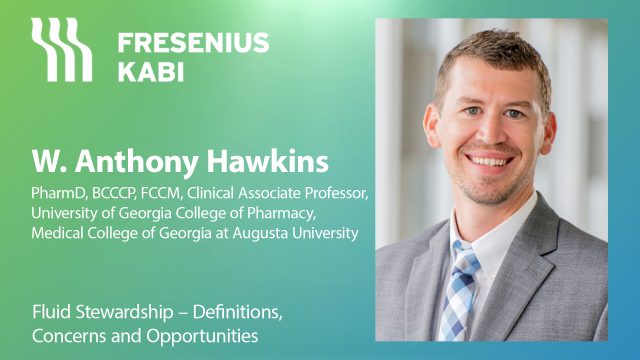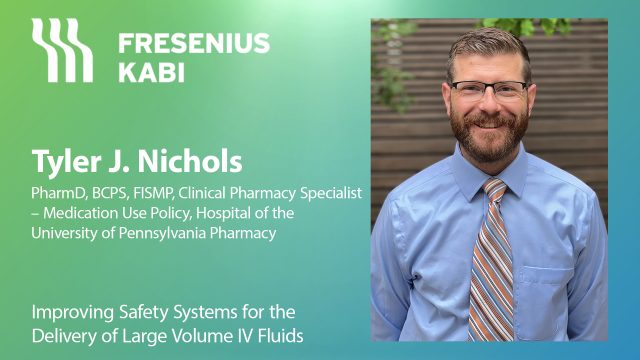Advertisment
Emergency department screening could detect thousands of undiagnosed prediabetes and diabetes cases, UK study suggests

The introduction of screening for type 2 diabetes in Accident and Emergency (A&E) departments could uncover thousands of previously undiagnosed cases every year, suggests new research being presented at this year’s Annual Meeting of The European Association for the Study of Diabetes (EASD), Hamburg (2-6 Oct).
“Early diagnosis is the best way to avoid the devastating complications of type 2 diabetes, and offers the best chance of living a long and healthy life”, says Professor Edward Jude, Tameside and Glossop Integrated Care NHS Foundation Trust, UK. “Symptoms of type 2 diabetes may be absent and can be tricky to spot in the early stages and the condition can go undetected for up to 10 years, which can lead to long-term complications such as heart disease, nerve damage and retinopathy.”
The study included 1,388 patients visiting the A&E department at Tameside and Glossop Integrated Care NHS Foundation Trustin England, all without a diabetes diagnosis and who were selected at random.
All patients were screened for type 2 diabetes using the glycated haemoglobin (HbA1c) test that gives an indication of average blood sugar (glucose) levels over the previous two to three months. Pre-diabetes was defined as HbA1c 39-47 mmol/mol and diabetes as 48 mmol/mol or higher.
Patients were also asked to complete a questionnaire about demographics, ethnicity, and risk factors for diabetes. This information was used to calculate each patient’s Finnish Diabetes Risk Score (FINDRISC) to identify those at risk of developing type 2 diabetes, with scores of more than 20 indicating a very high risk of developing diabetes (50% chance over 10 years) and scores of 12-20 indicating moderate to high risk (33% chance over 10 years) [1].
Of the 1,388 patients screened, 848 (61%) had normal blood glucose levels (average age 51 years, average HbA1c 34 mmol/mol, average weight 81kg and average BMI 28.4 kg/m²).
However, 420 individuals (30%) were found to have prediabetes (average age 57 years, average HbA1c 41 mmol/mol, average weight 82kg, and average BMI 28.6 kg/m²), putting them at risk of developing the condition.
A further 120 patients (9%) were diagnosed with type 2 diabetes, a similar proportion in men and women (average age 56 years, average HbA1c 51 mmol/mol, average weight 94kg and average BMI 31.2 kg/m²).
Importantly, people of South Asian and other ethnic backgrounds had a higher incidence of glucose intolerance compared to Caucasians (43% vs 38%) and were twice as likely to be diagnosed with prediabetes or diabetes.
Further analysis found that each unit increase in the FINDRISC score (above zero) was associated with a 7% increased risk for prediabetes and a 15% increased risk for type 2 diabetes, after adjusting for age and sex.
Based on the results, tens of thousands of cases of new cases of prediabetes and diabetes could be diagnosed in A&E departments across the country every year, say researchers.
“Opportunistic HbA1c-based screening in A&E departments, particularly those in high-risk and hard to reach groups, could make an important contribution to identifying undiagnosed individuals who will benefit from early treatment and lifestyle changes and so reduce their risks of long-term complications”, says Professor Jude. “Our findings suggest that the FINDRISC score could also be used to help ensure those at highest risk of developing type 2 diabetes are made aware of their risk.”
Despite the important findings, the authors noted some limitations to the study, including for example that the study was conducted at a single hospital and so the results may not be generalisable to other hospitals across England. In addition, for logistical reasons not all attending patients gave a blood sample.
[1] FINDRISC requires no laboratory testing and has been validated in multiple populations. FINDRISC uses age, BMI, physical activity, vegetable and fruit intake, medical treatment of high blood pressure, history of high blood sugar and family history to determine risk of developing diabetes.





